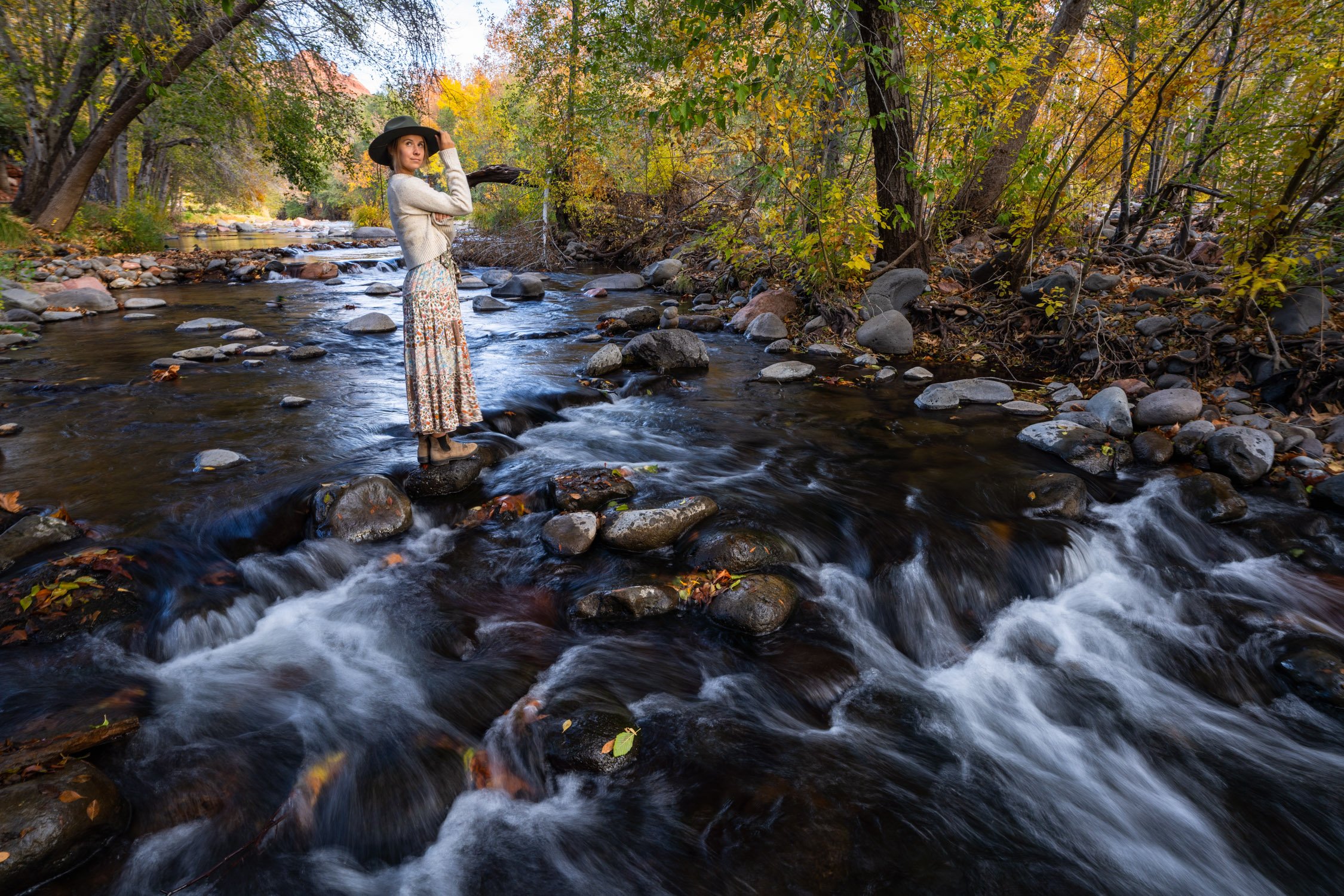12 Pro Tips for Beginner Rock Climbers
Rock climbing, with its blend of physical challenge and mental strategy, offers a thrilling journey up vertical rock faces and indoor walls. For beginners, the sport can seem daunting, but with the right approach and preparation, you can build confidence and skills to scale new heights. Whether you're drawn to indoor climbing gyms or outdoor crags, these 12 pro tips will help you start your rock climbing journey on the right foot, ensuring a safe and enjoyable experience.
Victoria hanging on the best she can while climbing in Wild Iris, WY. Photo by Dalton Johnson
Background:
Rock climbing has evolved from its origins as a means of training for mountaineering to a popular sport enjoyed by millions worldwide. It encompasses various disciplines, including bouldering, sport climbing, and traditional (trad) climbing, each with its unique techniques and challenges. Modern climbing gyms have made the sport more accessible than ever, but venturing outdoors adds a new layer of complexity. Understanding the fundamentals of climbing technique, safety, and etiquette will set the stage for a rewarding climbing experience.
12 Pro Tips for Beginner Rock Climbers:
1. Start with Indoor Climbing
Before venturing outdoors, it’s wise to start with indoor climbing. Indoor gyms offer a controlled environment where you can focus on learning techniques, building strength, and getting comfortable with the equipment. Gyms often have routes graded by difficulty, allowing you to progressively challenge yourself. Take advantage of beginner classes and clinics to build a solid foundation in climbing basics.
2. Focus on Technique, Not Just Strength
While strength is important, technique often makes a bigger difference in climbing performance. Focus on mastering fundamental techniques such as proper foot placement, body positioning, and efficient movement. Good technique can help you climb more efficiently and reduce the risk of injury. Practice techniques like smearing, edging, and mantling to enhance your climbing skills.
3. Learn Proper Knots and Harness Use
A crucial aspect of climbing safety is understanding how to use your gear correctly. Learn to tie essential knots, such as the figure-eight follow-through and the double fisherman's knot, and practice them until they become second nature. Ensure you know how to properly wear and adjust your harness. Familiarity with these skills is essential for safe climbing.
4. Build Grip Strength Gradually
Climbing requires significant grip strength, but it’s important to build it gradually to avoid injuries like tendonitis. Incorporate grip-strengthening exercises into your training routine, such as dead hangs and fingerboard training. Avoid overtraining and allow your tendons time to adapt to the demands of climbing. A balanced approach will help you develop a strong, injury-free grip.
5. Use Proper Footwork
Good footwork is the cornerstone of efficient climbing. Practice placing your feet precisely on footholds and using your legs to push yourself up rather than relying solely on your arms. Focus on maintaining a stable and balanced stance. Proper footwork not only conserves energy but also improves your overall climbing performance.
6. Communicate Clearly with Your Climbing Partner
Effective communication with your climbing partner is vital for safety. Establish clear commands for actions such as “on belay,” “climbing,” and “take” before you start. Ensure you both understand the commands and signals used during climbing. Good communication minimizes the risk of miscommunication and enhances the overall climbing experience.
7. Respect Climbing Etiquette
Whether climbing indoors or outdoors, it’s important to follow proper climbing etiquette. Share routes and respect other climbers’ space. At climbing gyms, be mindful of waiting times and avoid monopolizing routes. When climbing outdoors, follow Leave No Trace principles and respect local regulations. Etiquette fosters a positive and safe climbing community.
8. Develop a Climbing Routine
Creating a climbing routine can help you stay organized and focused. Warm up properly before climbing to reduce the risk of injury. Incorporate stretching and technique drills into your routine to improve flexibility and skill. Cool down and stretch after climbing to aid recovery. A consistent routine enhances your climbing performance and helps prevent injuries.
9. Stay Hydrated and Fuel Your Body
Climbing can be physically demanding, and proper hydration and nutrition are essential for peak performance. Drink plenty of water before, during, and after climbing. Consume balanced meals that include carbohydrates, proteins, and healthy fats to fuel your climbs. Eating a nutritious diet and staying hydrated will help maintain your energy levels and overall health.
10. Learn to Fall Safely
Falling is an inevitable part of climbing, and knowing how to fall safely can reduce the risk of injury. Practice controlled falls in a safe environment, such as a climbing gym with padded floors. Learn to fall away from the wall and avoid grabbing holds or tensing up. Understanding how to fall properly will build your confidence and improve your climbing technique.
11. Understand Route Ratings
Climbing routes are graded by difficulty, and understanding these ratings helps you choose routes that match your skill level. Familiarize yourself with the grading systems used in your climbing area, whether it’s the Yosemite Decimal System (YDS) for outdoor climbs or the V-scale for bouldering. Start with routes that are within your skill range and progress gradually as you build confidence.
12. Embrace the Learning Process
Climbing is a journey of continuous learning and improvement. Embrace the process and be patient with your progress. Celebrate small victories, learn from mistakes, and seek feedback from more experienced climbers. Enjoy the challenges and growth that come with each climb. The learning process is integral to becoming a better climber and making the most of your climbing adventures.
Running out the direct route on Intersection Rock in Joshua Tree. Photo by Dalton Johnson
Rock climbing is a dynamic and rewarding sport that combines physical strength, mental strategy, and a love for adventure. By following these 12 pro tips, you’ll build a strong foundation for your climbing journey and develop the skills needed to tackle new challenges. Remember, climbing is as much about the journey as it is about reaching the top. Embrace each climb as an opportunity to grow, learn, and enjoy the thrill of ascending new heights.












